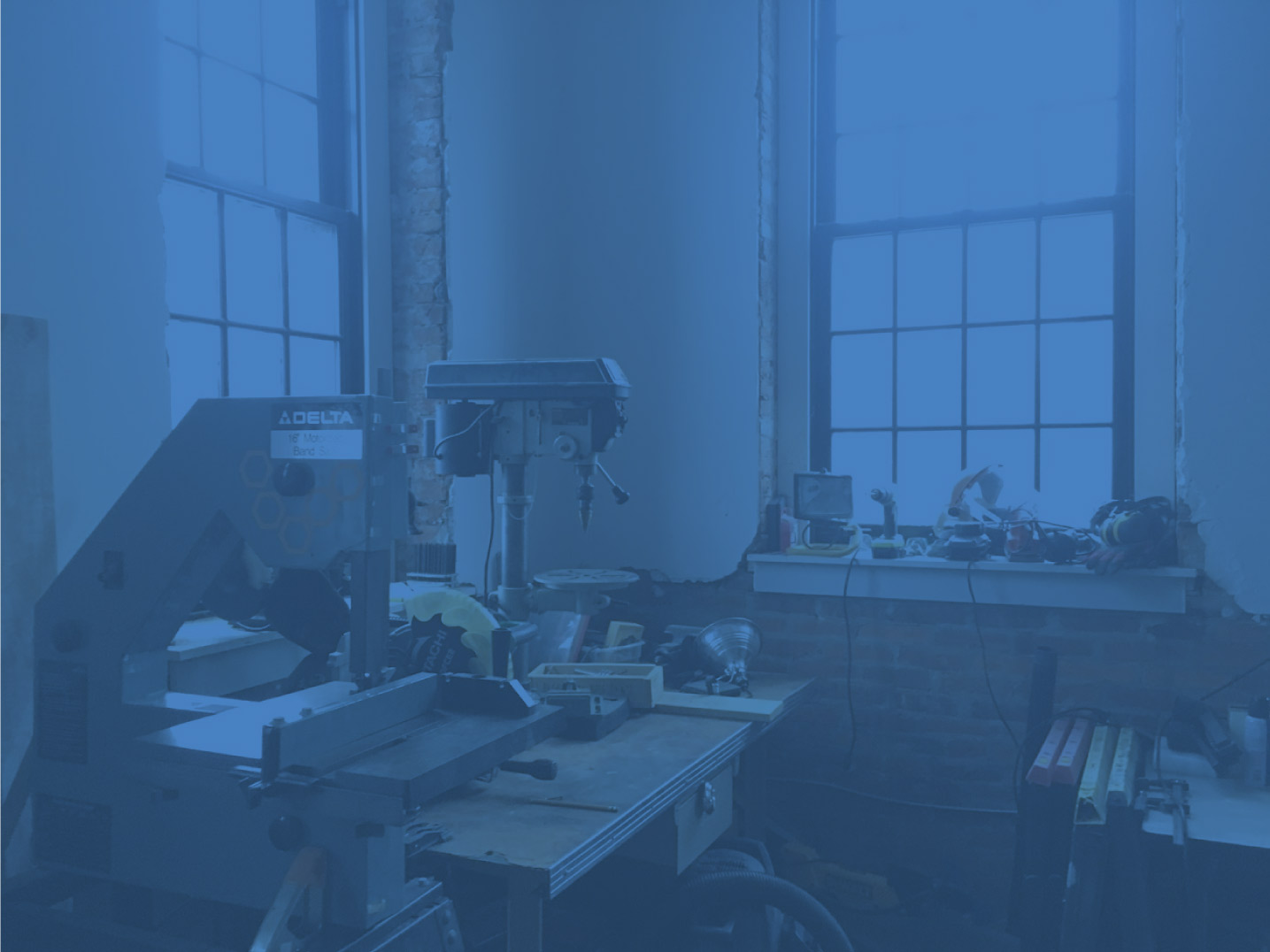
If you are designing objects for printing on MakerBot, the convention is to not try to print anything with overhangs. Well, what if you really want to? Simple… just cut your object in half, digitally. If you design with symmetry in mind, you can save yourself a whole lot of time and effort. Design and model half of your object. Print it out. Then invert your x or y axis, and print again. Bang, you get the exact mirror image of the first half-object. You won’t have to do any more modeling, processing, skeining, or converting to .s3g. bonus is that a single .s3g file on your SD card will be able to print both the left and right half-object. you will need to glue them together at the end, but this trick is most useful if your object has a lot of overhangs when trying to print it in one-shot. Just glue or epoxy them together to get a complete object.
This works really well for sphere-like (not quite spherical) objects, such as heads. See here: Symmetry Design — Blender Monkey Suzanne

Best of all, editing your hardware settings to flip either the X or Y axis means you can print the same .s3g file twice, once for each “half-face” of the object. Because the gcode is identical, this will always necessarily produce an exact mirror image.








 So when you use a silicone platform for the heated build stage, the heat doesn’t go all the way to the edges and corners of the stage (the material’s low conductivity which protects you from the 3 A electricity flowing is also the property that inhibits heat conduction laterally). This has a disadvantage in that effective build surface area is decreased, but a minor perk is that you can handle the stage with your hands by holding at the corners.
So when you use a silicone platform for the heated build stage, the heat doesn’t go all the way to the edges and corners of the stage (the material’s low conductivity which protects you from the 3 A electricity flowing is also the property that inhibits heat conduction laterally). This has a disadvantage in that effective build surface area is decreased, but a minor perk is that you can handle the stage with your hands by holding at the corners.